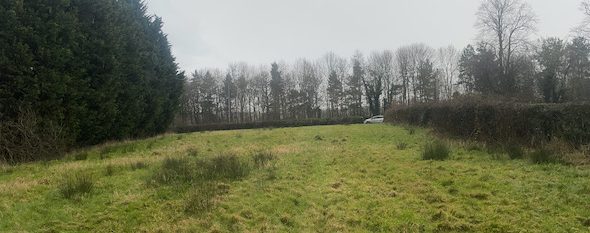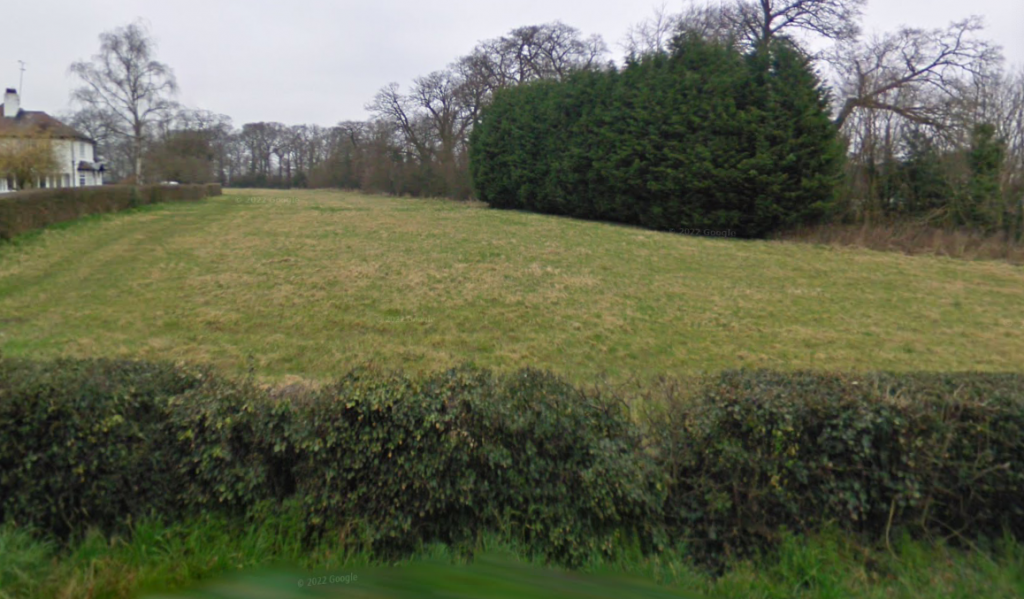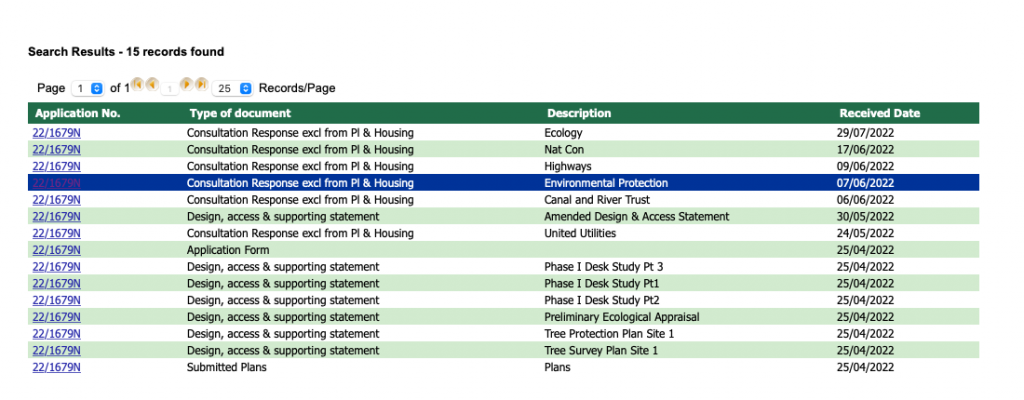Erection of a Dwelling, Chester Road, Acton, CW5
Case Study Reference: 22-01-11
Planning Authority: Cheshire East Council
Planning Reference: Cheshire East Council and 22/1679N
Synopsis:
In order to demonstrate that after the development the site could not be classified as ‘contaminated land’ under Part 2A of the Environmental Protection Act a Phase I desk study report was required to support the application for the erection of a dwelling. The site was occupied by an agricultural building, the past use of the site have the potential to impact site soils.
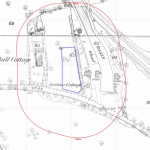 A Phase I desk study report assess the potential for a site to be impacted by contamination, this is undertaken by researching the history of the site and the surrounds as well as a review of information held by regulatory bodies and a site visit.
A Phase I desk study report assess the potential for a site to be impacted by contamination, this is undertaken by researching the history of the site and the surrounds as well as a review of information held by regulatory bodies and a site visit.
The history of the site and surrounds were researched using a 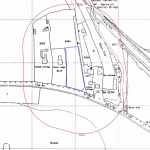 combination of Ordnance Survey (O.S.) maps, street level imagery and aerial plates, the review indicated the site had not been developed and formed part of the land associated with the adjoining dwelling.
combination of Ordnance Survey (O.S.) maps, street level imagery and aerial plates, the review indicated the site had not been developed and formed part of the land associated with the adjoining dwelling.
A wharf was identified on the eastern boundary of the site on all of the O.S. maps. Street level imagery confirmed the site was an open parcel of land.
A review of the planning history of the site did not reveal any salient information.
The recorded geology was given as Devensian Till underlain by the Wilkesley Halite Member, no borehole records in the public domain were available through the British Geological Survey, a confidential borehole record was present 23m north but could not be obtained.
Data provided by regulators confirmed the presence of a wharf to the east of the site as well as a fish pond 182m north and a heap 198m south west.
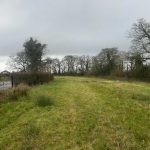 On completion of the d
On completion of the d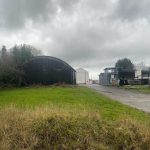 esk based assessment a site walkover visit was undertaken, this revealed the site was an open landscaped parcel of land.
esk based assessment a site walkover visit was undertaken, this revealed the site was an open landscaped parcel of land.
On completion of the site visit a qualitative risk assessment was undertaken in order to determine which of the potential sources warranted further investigation, this concluded that none of the potential sources identified were credible sources of contamination and concluded that no further works were required and that a watching brief is maintained during the development.
The report was submitted alongside the application, the recommendations of the report were accepted by the local authority and a contaminated land planning condition was not attached to the decision notice.

